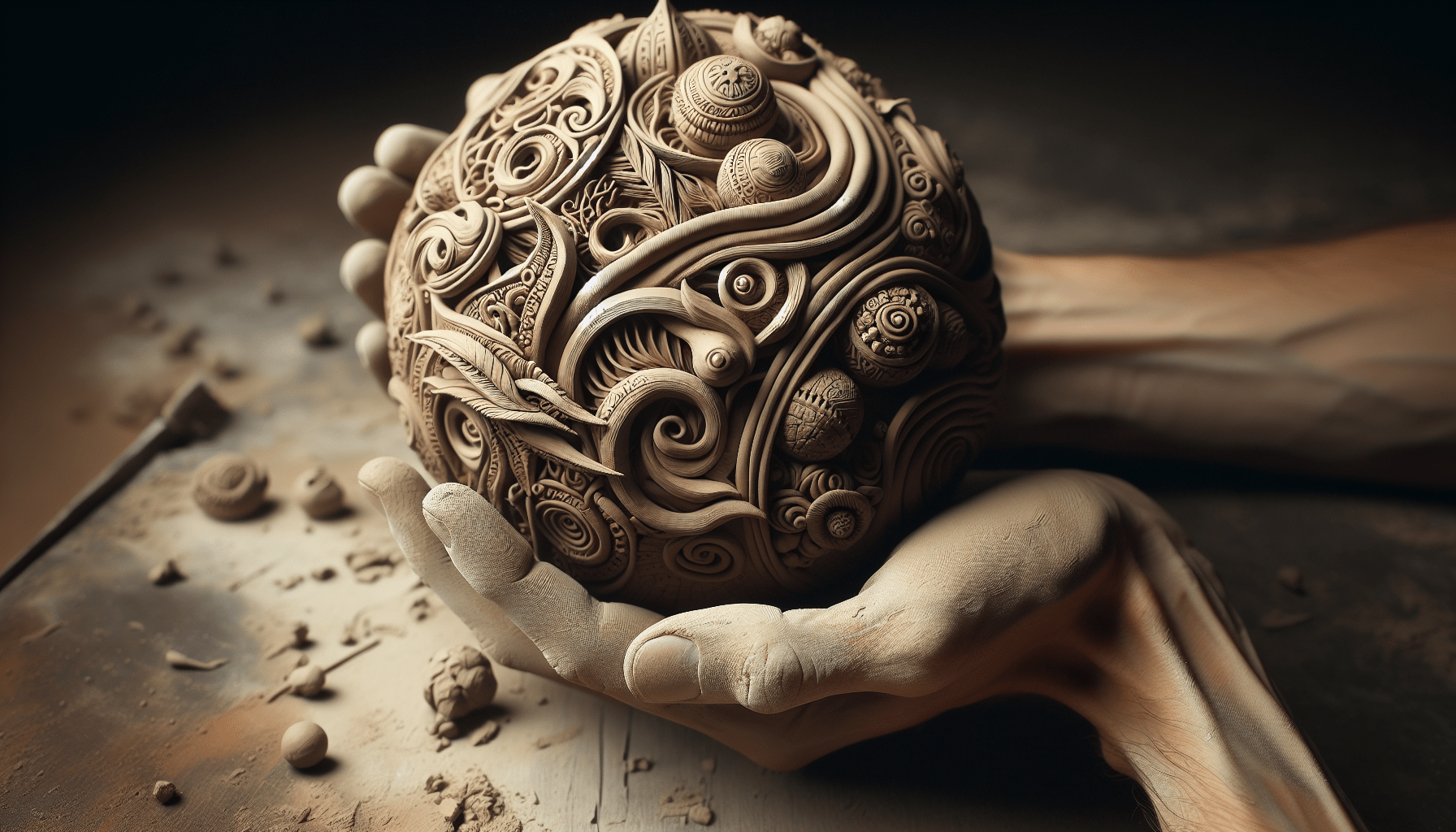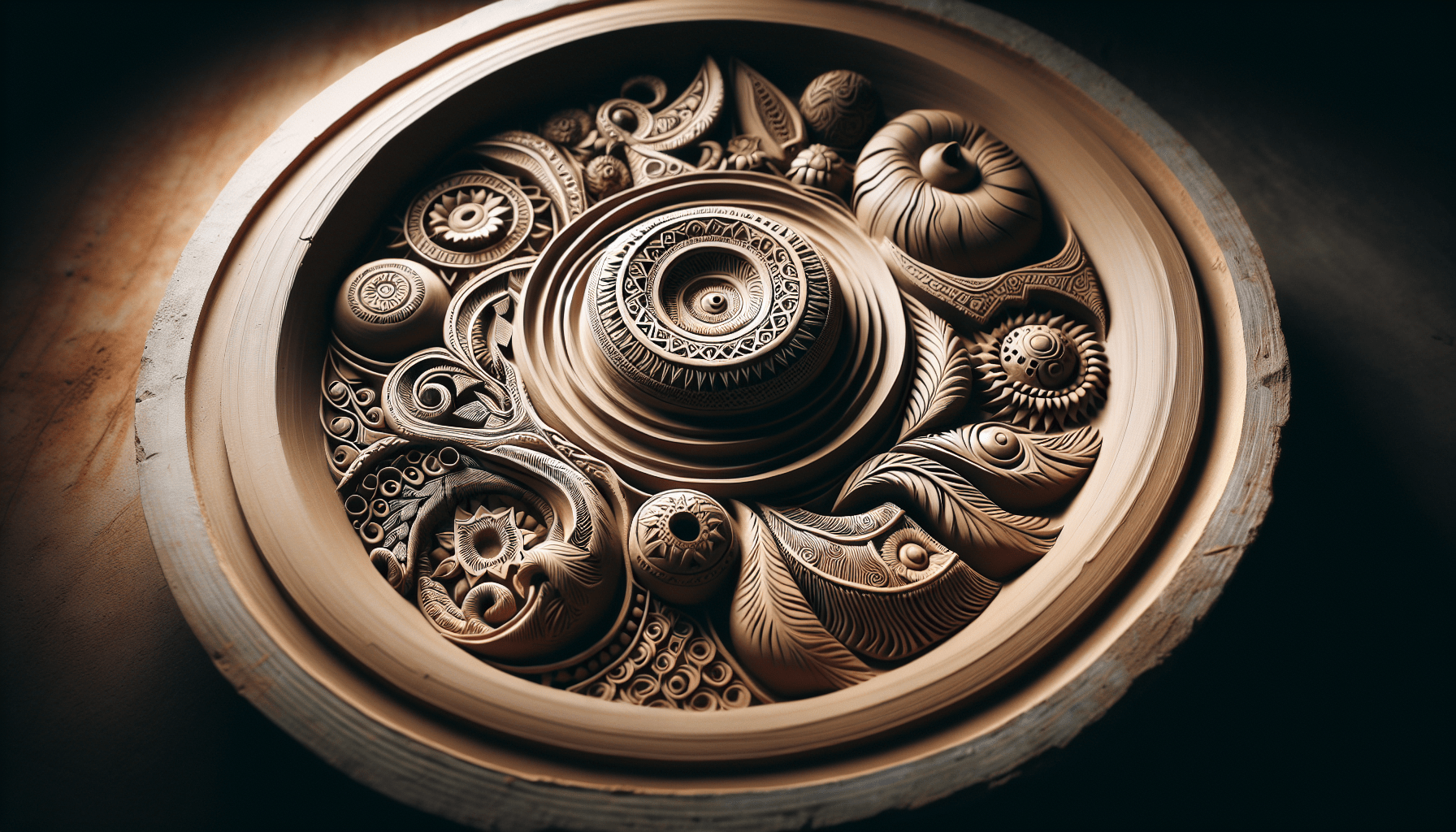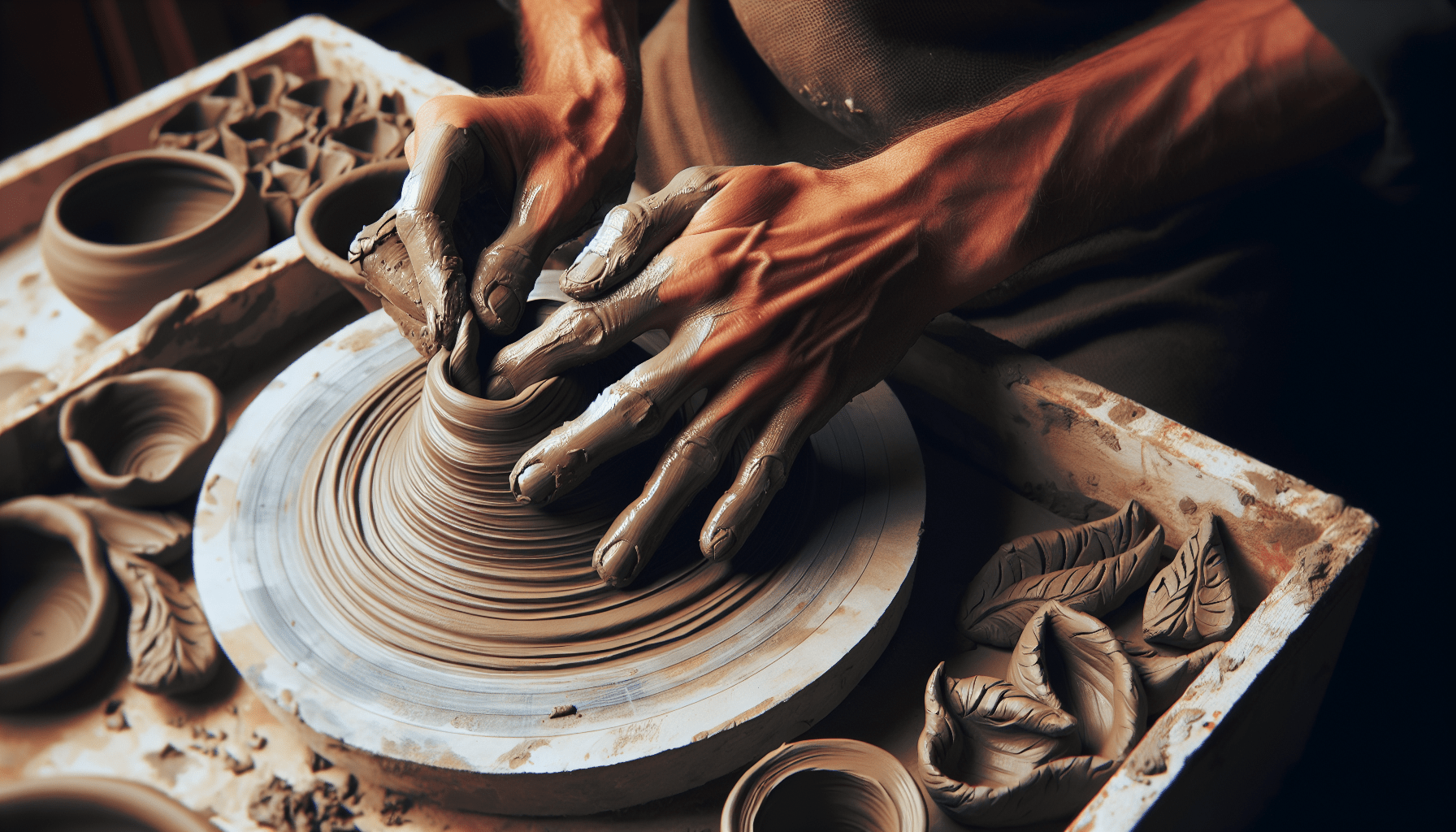What Are The Techniques Of Shaping Clay Explain?
Have you ever wondered about the various techniques used to shape clay? In this article, we will explore the fascinating world of pottery and delve into the different methods artists employ to mold this versatile material. From hand-building to wheel-throwing, you will discover the step-by-step processes behind shaping clay into beautifully crafted ceramic pieces. So, whether you’re a novice or a seasoned potter, get ready to uncover the secrets behind these artistic techniques that bring clay to life. Let’s dive in!
Pinching
Definition and Process
pinching is one of the oldest and most fundamental techniques used in pottery, offering a hands-on approach to shaping clay. This technique involves using your fingers to pinch and manipulate the clay into the desired form. With pinching, you start with a small piece of clay and gradually shape it by gently squeezing and pinching it between your thumb and fingers. This method allows for a great deal of control and precision, enabling you to create both simple and intricate forms.
Tools and Materials
The tools required for pinching are minimal and accessible, making it an ideal technique for beginners or those without access to specialized equipment. All you need is your hands, clay, and a smooth work surface. It is helpful to have a bucket of water nearby to keep your hands moist and prevent excessive drying of the clay.
Benefits and Limitations
One of the main benefits of pinching is its simplicity and accessibility. It requires minimal tools and can be done anywhere, making it a versatile technique for artists of all skill levels. Pinching also allows for a high level of creativity and spontaneity since you are directly working with the clay using your hands. On the other hand, pinching can be time-consuming, especially when creating larger or more complex forms. It may also require some practice to achieve desired results, as maintaining an even thickness can be a challenge for beginners.
Coiling
Definition and Process
coiling is a building technique that involves creating clay forms by layering coils of clay on top of each other. The process consists of rolling out coils of clay, which are then stacked and joined together by blending the clay edges. This method allows for the creation of both functional and sculptural pieces, as it offers versatility in form and structure.
Tools and Materials
To engage in the coiling technique, you will need clay, a rolling pin or slab roller, and cutting tools for trimming and shaping the coils. You may also benefit from using various smoothing tools to blend the coils and create a seamless finish.
Benefits and Limitations
Coiling is a versatile technique that allows for the creation of larger and more complex forms compared to other methods. The stacked coils provide stability and strength, making it ideal for building vessels or sculptural pieces. Coiling also offers opportunities for creative design, as you can experiment with different coil thicknesses and shapes. However, coiling can be time-consuming due to the construction process, and achieving an even thickness and smooth finish may require skill and practice.

Slab Building
Definition and Process
slab building involves creating pottery forms by assembling flat pieces of clay called slabs. Slabs are typically rolled out using a rolling pin or a slab roller and then cut into shapes that can be joined together to construct the desired form. This technique allows for the creation of precise and geometrically complex structures, making it popular for creating functional pieces such as plates, bowls, and boxes.
Tools and Materials
To engage in slab building, you will need clay, a rolling pin or slab roller, cutting tools for shaping the slabs, and joining tools to connect the pieces together. Additional tools such as molds, templates, or texture tools can also enhance the creative possibilities of slab building.
Benefits and Limitations
One of the key benefits of slab building is its versatility and precision. The use of flat slabs allows for controlled and uniform forms, making it suitable for creating symmetrical and geometrically precise pieces. Slab building also allows for the incorporation of various surface treatments and decorative techniques. However, since the slabs need to be carefully cut and joined, slab building can be time-consuming and requires patience and attention to detail. It is also limited in terms of creating more organic or fluid forms compared to other techniques like pinching or coiling.
Wheel Throwing
Definition and Process
wheel throwing is a technique where clay is shaped on a pottery wheel to create symmetrical and refined forms. The process involves centering the clay on the wheel head and then using various hand manipulations to shape it as the wheel spins. Wheel throwing is widely considered the hallmark of traditional pottery, allowing artists to create functional items such as bowls, cups, and vases with precision and efficiency.
Tools and Materials
To engage in wheel throwing, you will need a pottery wheel, clay, throwing tools (such as ribs, wire tools, and trimming tools), and water for lubrication. Additional tools like a sponge, calipers, and a throwing apron can also aid in the throwing process.
Benefits and Limitations
Wheel throwing offers a range of benefits, including the ability to create symmetrical and uniform forms with relative ease. The pottery wheel provides stability and allows for greater control in shaping the clay, resulting in refined and functional pieces. Wheel throwing also offers opportunities for creativity through various hand manipulations and surface treatments. However, wheel throwing requires access to a pottery wheel, which can be a limiting factor for some artists. It also requires a certain level of skill and practice to master the techniques of centering and shaping the clay on the wheel.




